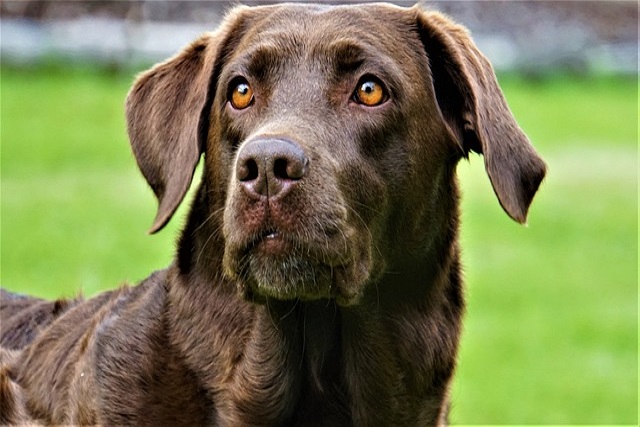
Does dog plaque powder really work
Does dog plaque powder really work? This is a question many new dog owners in Europe and the US, especially in the US, often ask.
from a whiff that smells like a dumpster behind a seafood shack, you know the struggle. Stinky dog breath isn’t just a nuisance—it’s a sign their mouth needs a little help. The good news? The right treats can turn that “yikes” into “meh” (or even “nice!”) without a trip to the vet. Let’s break down what works, why, and how to serve them.
First, let’s get to the root of the stench. Bad breath in dogs usually comes from bacteria hanging out in their mouths. These tiny troublemakers munch on leftover food stuck between teeth or along gums, releasing stinky gases as they digest. Crunchy, bacteria-fighting treats work two ways: their texture scrapes off food bits (like a mini toothbrush), and some contain ingredients that kill bacteria outright. Soft, sticky treats? They just feed the bacteria, making the smell worse. It’s like choosing between a minty gum and a sugary lollipop for your own breath—one helps, the other hinders.
So, what treats should you grab? Start with VOHC-approved dental treats—look for that Veterinary Oral Health Council seal on the package. These are tested to actually reduce plaque, which means fewer bacteria and less smell. A neighbor in Atlanta swears by a chicken-flavored one for her Dachshund; after a month of one treat daily, his breath went from “hold your nose” to “barely noticeable.” For something natural, try frozen carrot sticks—crunchy enough to scrub teeth, and most dogs love chomping on the cold, sweet texture. Apple slices (seedless, of course) work too, thanks to their firmness and natural enzymes that fight bacteria. Plain, unsweetened yogurt (a spoonful as a treat) adds probiotics, which can balance mouth bacteria—just don’t overdo it, as some dogs get upset tummies from dairy.
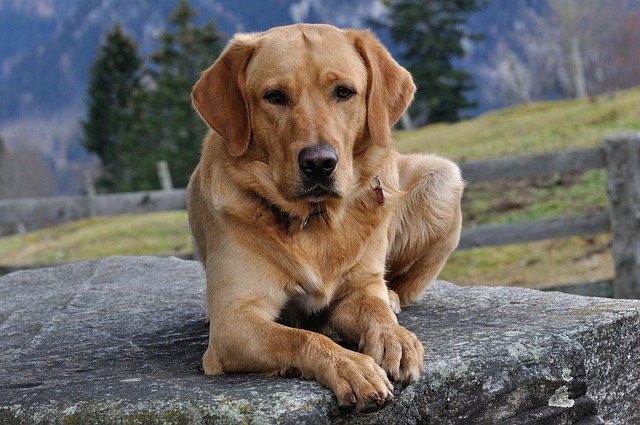
Avoid anything with added sugar, artificial flavors, or super-soft textures (looking at you, peanut butter-filled chews that stick to teeth). And size matters: a treat should be big enough your dog has to chew it, not swallow it whole. A 10-pound Yorkie needs something smaller than a quarter; a 70-pound Lab can handle a treat the size of a ping-pong ball.
Now, let’s tie this to life as a U.S. dog owner. Legally, keep those vaccines current—rabies shots are required in all 50 states, and many vets won’t check your dog’s mouth without proof of up-to-date records. When out walking, always pack poop bags; cities like Philadelphia fine up to $300 for leaving messes, and a treat-fueled pup might need more potty breaks. Culturally, never scold your dog for bad breath—he can’t help it! Instead, make treat time positive: “Good job keeping those teeth fresh!” as he chews, turning it into a happy ritual. In apartments, serve treats over a mat to catch crumbs—no one wants sticky bits in the carpet. For community walks, tuck a carrot stick in your pocket as a reward when he greets other dogs calmly—fresh breath and good manners? That’s a win-win.
Remember, treats aren’t a fix for serious issues. If your dog’s breath smells like rotten meat or ammonia, call the vet—it could signal infections or organ problems. But for everyday stinky breath, the right treats work wonders. That Atlanta Dachshund? His owner now lets him snuggle without holding her breath. With a little trial and error, your pup’s kisses will be something to look forward to, not run from.

Does dog plaque powder really work? This is a question many new dog owners in Europe and the US, especially in the US, often ask.
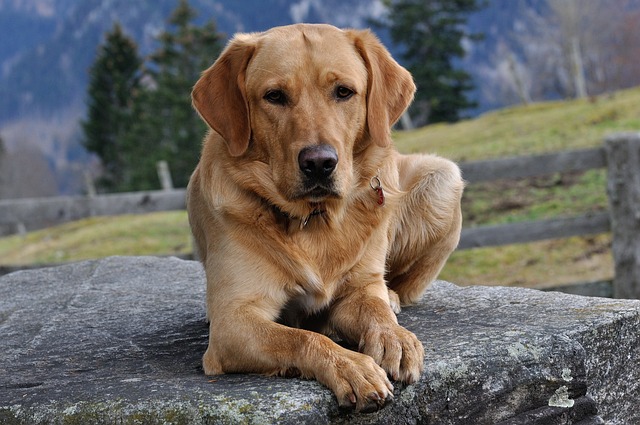
from a whiff that smells like a dumpster behind a seafood shack, you know the struggle. Stinky dog breath isn’t just a nuisance—it’s a sign their mouth needs a little help.
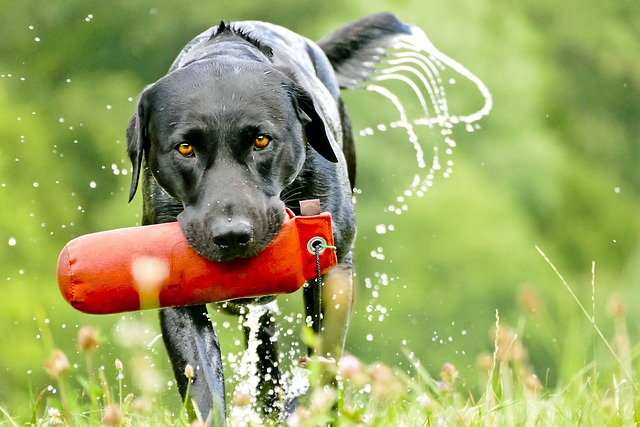
That moment your excited pup greets you with a yawn that smells like old garbage and wet socks – it’s enough to make anyone recoil.
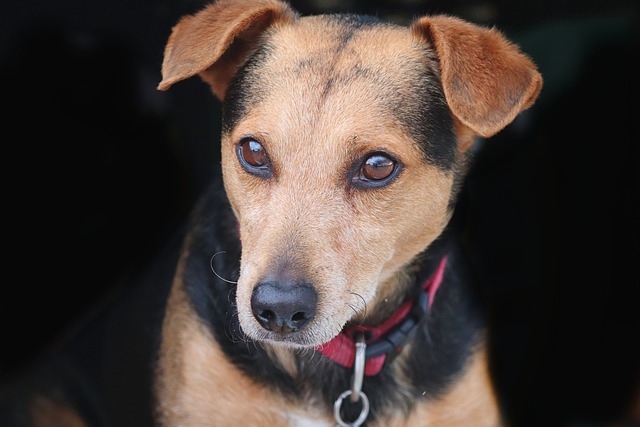
How do I relieve my dog's fever? It’s a question that makes any new pet parent’s heart race. You notice your pup is listless, avoiding their food bowl, and their ears feel warmer than usual—little signs that something’s off.
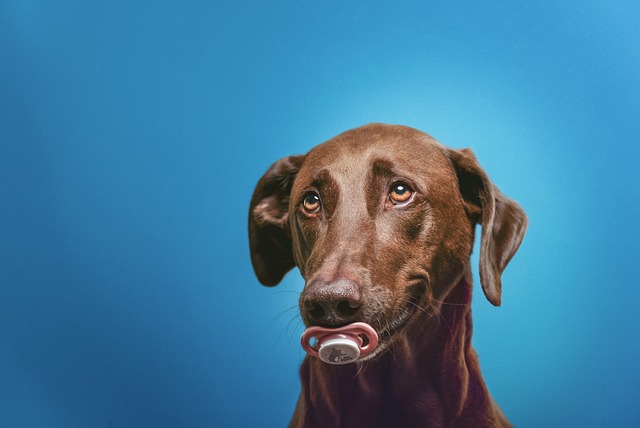
How long does a dog take to get rid of parvo? For new pet parents, few diagnoses spark more panic than this—imagining your playful pup suddenly lethargic, refusing meals, or struggling with diarrhea.
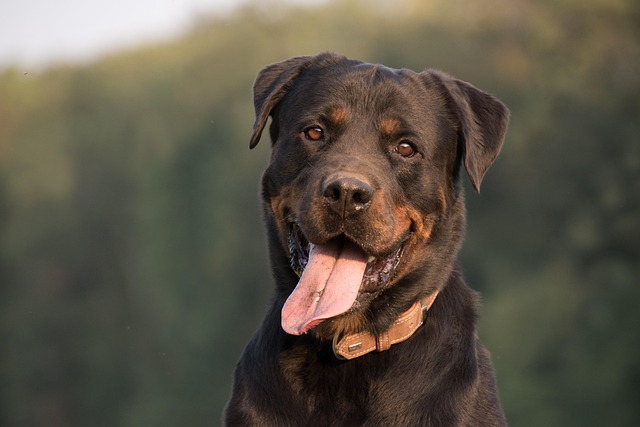
What to feed a dog with dental pain? Picture this: You set down your pup’s usual kibble, and instead of diving in, they sniff it, back away, and whimper softly.